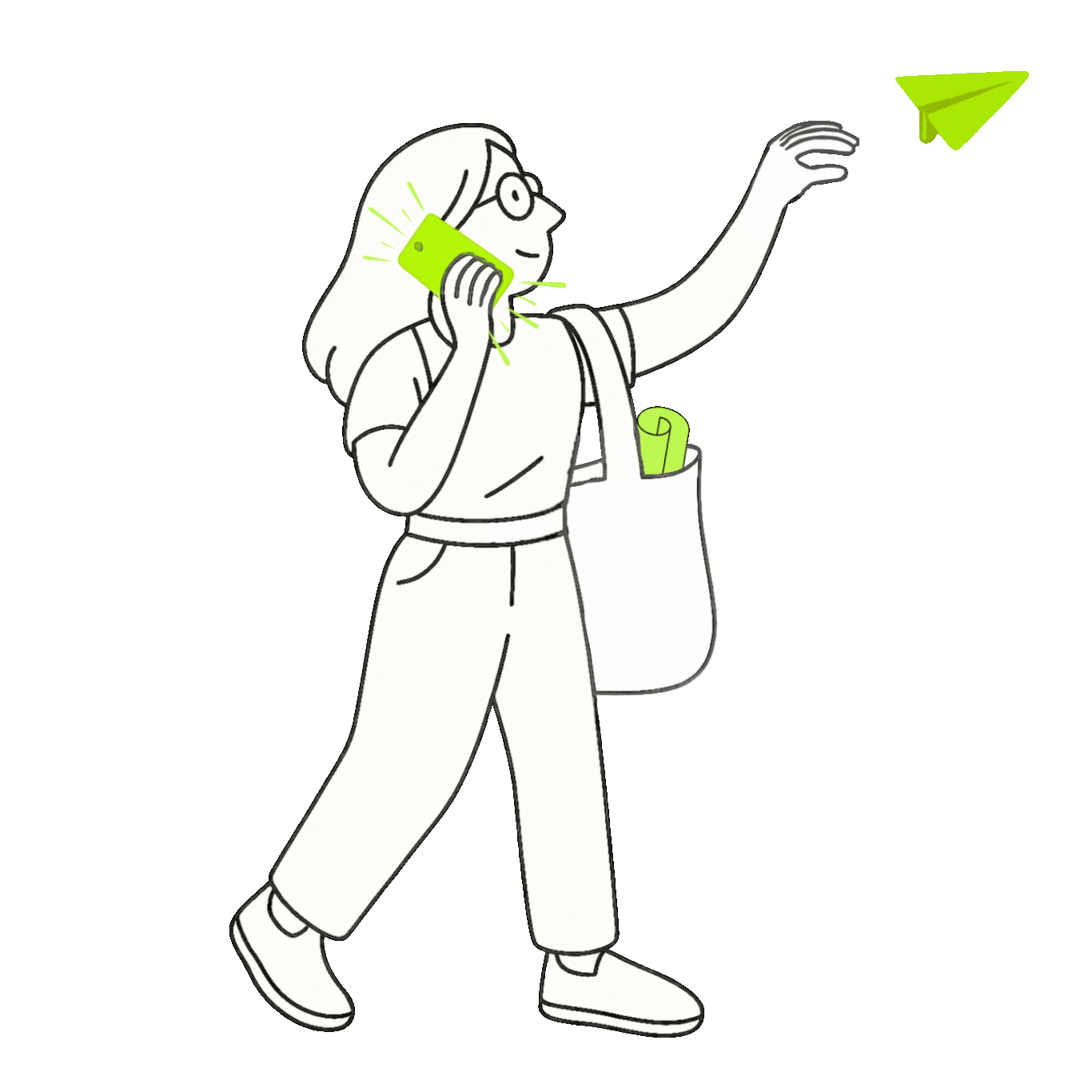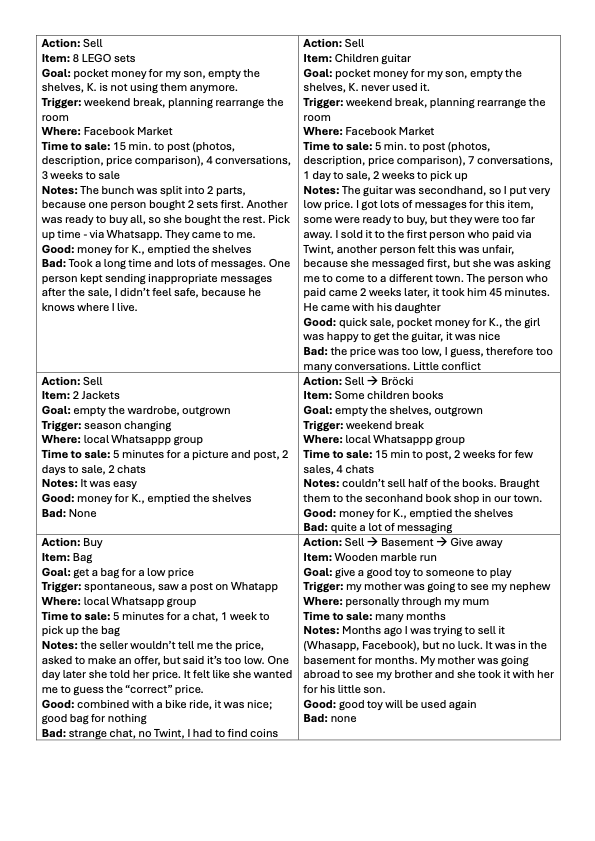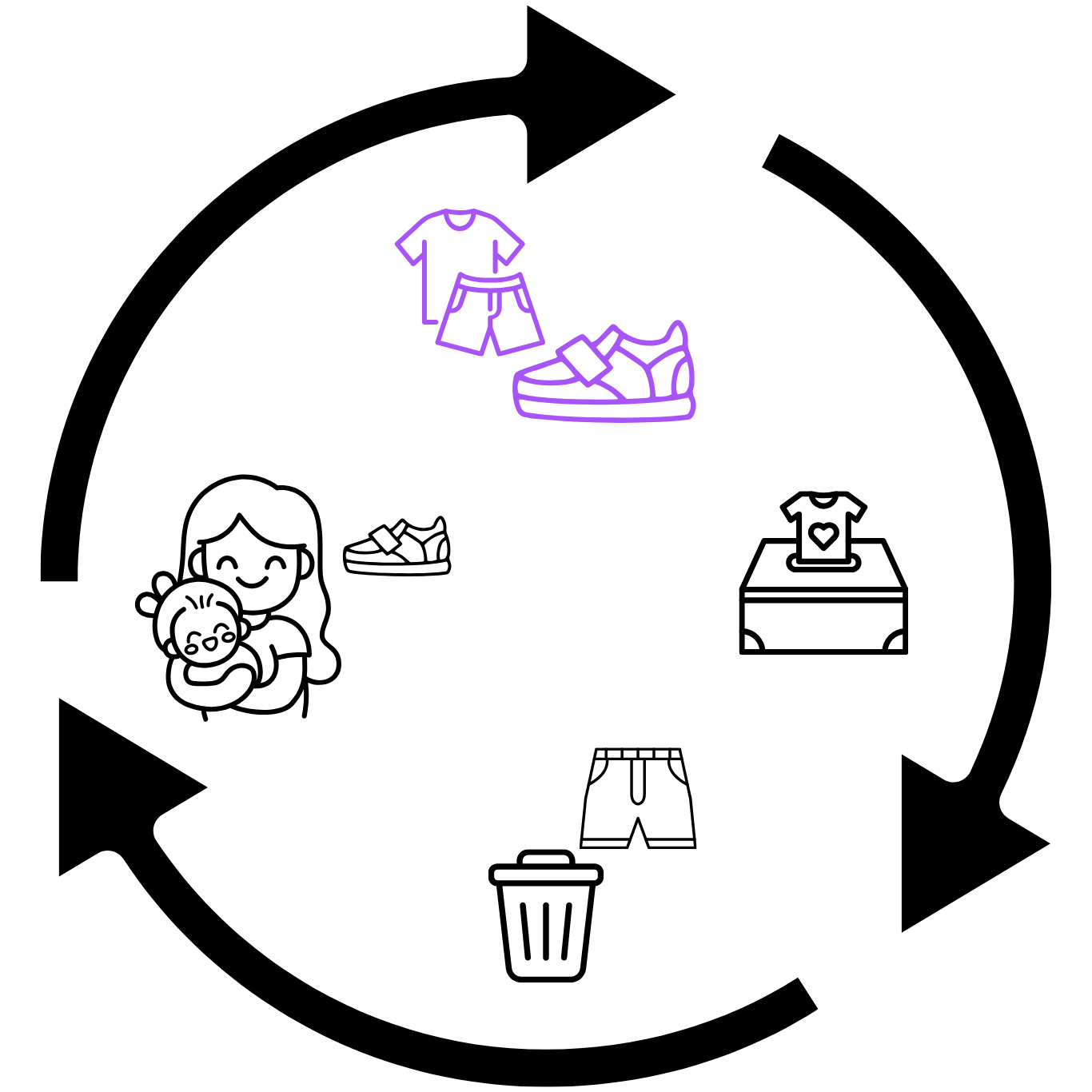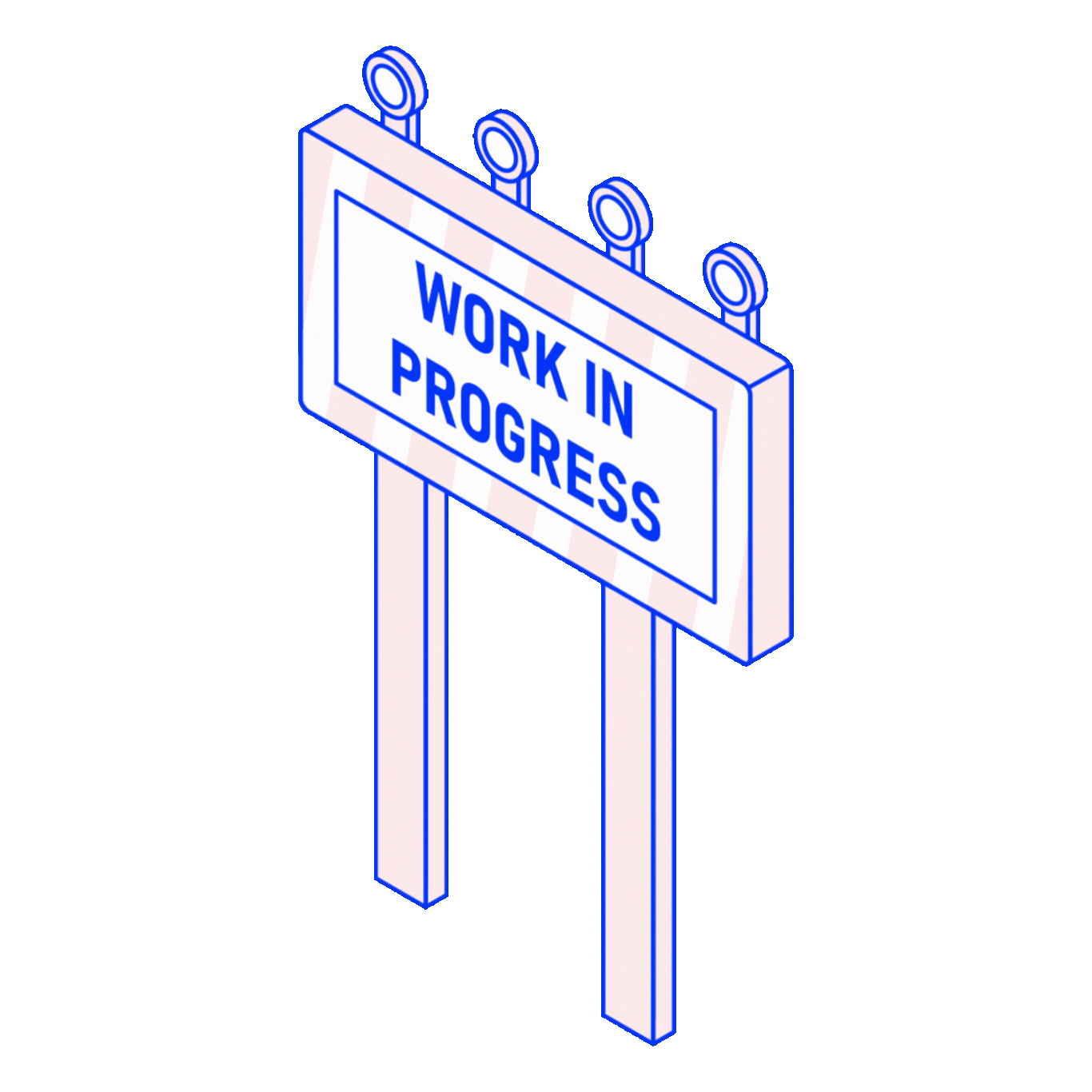UX Journey of Galina Shokhova
Find the button or swipe left to move to the next step.

My Qualifications
Tap each skill to help me earn my credentials!
Marketing Experience
Tap the screens to help me gain valuable experience!



UX Experience
Open my first projects in UX Research & Design!
Let's connect!
Tap my phone to get my contacts.
Send a paper plane to share my portfolio.
Grab the paper from my bag to download my CV.

Showroom
Insurance agencies in Switzerland struggle with too few applications and high turnover in their sales teams. As part of developing an internal recruiting platform, I explored the end-to-end recruiting and onboarding experience to understand what high-performing agencies do differently.
My role involved planning and conducting interviews, mapping the employee journey, synthesizing patterns, and translating them into How Might We questions and early concept directions for improving recruitment and onboarding experiences.
Project steps
Overview
- Context: Recruiting & retention in field sales for financial services.
- Methods: Stakeholder & employee interviews, employee journey mapping, problem framing, and HMW ideation.
- Target group: Career-changers entering advisory/sales roles.
- My role: UX researcher & facilitator (planning, execution, synthesis, and concept framing).
Disclaimer:
This work forms part of an internal project for the company I am currently employed at, supporting the development of a digital recruiting platform. To maintain confidentiality and respect company ownership, specific findings and strategic insights are not disclosed here. The focus lies on my UX research process and individual contribution.
Research
I combined interviews with a structured employee-journey to understand motivations, friction, and retention triggers across the first two years.
Research questions
Stakeholder interviews
To understand the business and organizational context, I conducted stakeholder interviews with recruitment leads, regional managers, and HR professionals. These conversations helped frame the problem from multiple perspectives — balancing agency needs with candidate experience.
Interview synthesis
In parallel, I spoke with career changers currently in sales training and early career stages. The goal was to map what motivates them to join — and what makes them stay.
Employee Journey
I mapped the journey from first contact to year two to spot expectation gaps and drop-off risks.
How might we…
- find and attract the right career-changers more intentionally?
- give transparent confidence about commission-based income?
- check competence, personality, and culture fit early and fairly?
- set realistic expectations for the role and onboarding workload?
- make development paths visible and reduce uncertainty in year one?
What I delivered
- Research plan, discussion guide, and candidate criteria.
- Interview synthesis & employee-journey map with priority friction points.
- HMW problem framing and concept directions for the platform.
- Recommendations for recruiting, onboarding, and early-tenure rituals.
“The best kind of design isn't necessarily an object, a space or a structure: it's a process - dynamic and adaptable.” - Don Norman





